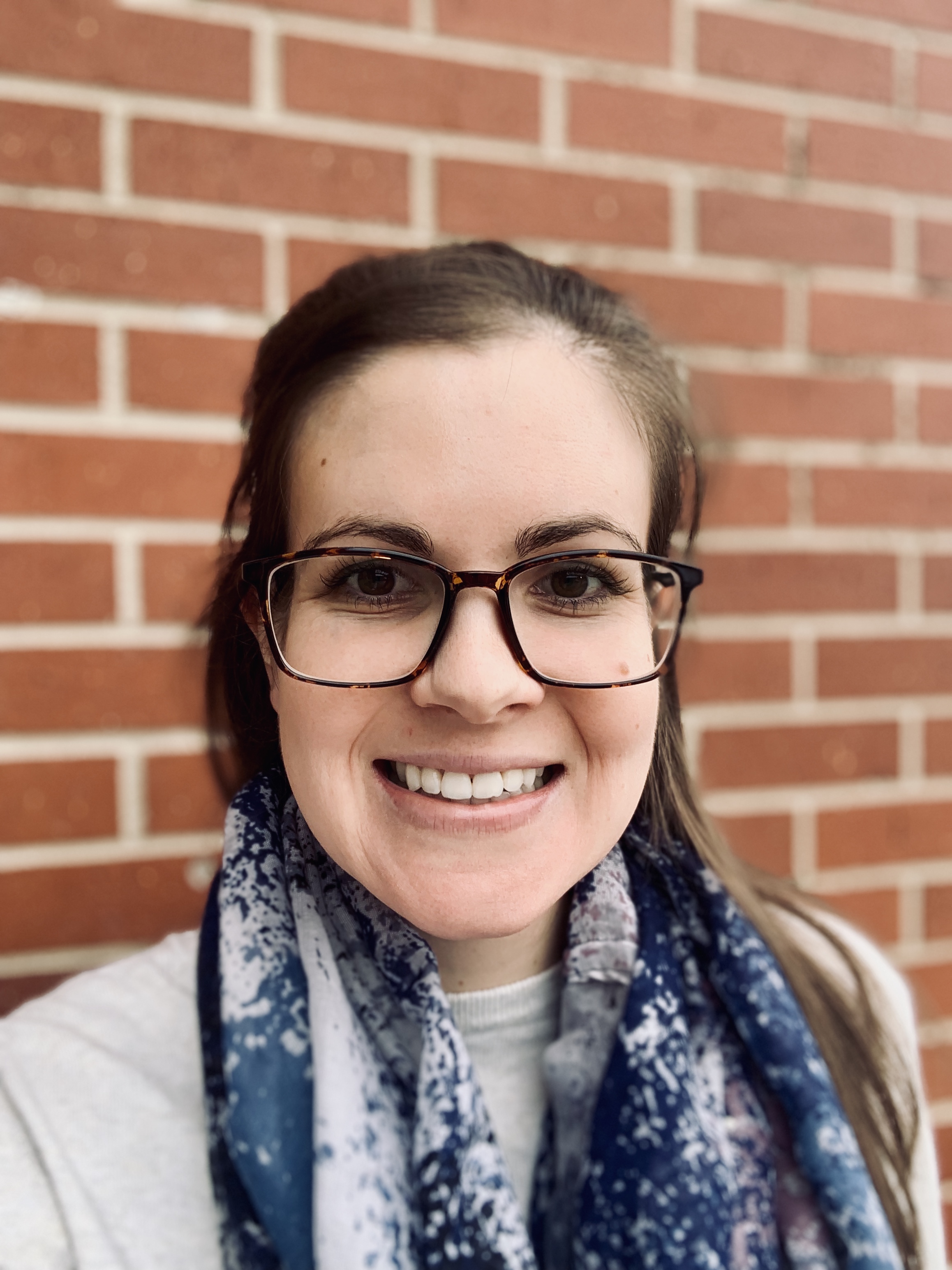LGBTQ+
Exploring the relationship between LGBTQ+ Community Connectedness, Weight-Based Discrimination and Internalized Weight Stigma
(PS8-43) Exploring the Relationship Between LGBTQ+ Community Connectedness, Weight-based Discrimination and Internalized Weight Stigma

Prajna Srinivas, None
Research assistant
Trinity University
Flower Mound, Texas, United States- AW
Abigail Wharton, M.S.
Research Specialist
University of Pittsburgh
Pittsburgh, Pennsylvania, United States - AG
Aria D. Gastón-Panthaki, B.A.
Research Coordinator
Harvard University
Cambridge, Massachusetts, United States 
Vivienne M. Hazzard, M.P.H., Ph.D.
Researcher
University of Minnesota
Beverly Hils, Michigan, United States
Tiffany M. Stewart, Ph.D.
Professor, Director; Behavior Technology Lab: Health, Performance, & Resilience
Pennington Biomedical
Baton Rouge, Louisiana, United States- NW
Nicole Y. Wesley, Other
Laboratory Manager
Pennington Biomedical Research Center
Baton Rouge, Louisiana, United States 
Carolyn B. Becker, Ph.D. (she/her/hers)
Professor
Trinity University
San Antonio, Texas, United States
Author(s)
Co-Author(s)
LGBTQ+ individuals often face obstacles accessing housing and resources (e.g., Henderson et. al., 2019; Wilson et. al., 2020), potentially leading to higher rates of food insecurity (FI). FI, in turn, is associated with eating disorder (ED) pathology and internalized weight stigma (IWS: Becker et. al., 2021). In-group affiliation and community belongingness are often found to be protective factors for minoritized individuals (Garcia et. al., 2021; Kaniuka et. al., 2019). The aim of this work-in-progress research is to explore the relationships between LGBTQ+ community connectedness, FI, housing insecurity, weight-based discrimination, and eating disorder pathology. We hypothesized that those who report FI and decreased housing stability will report higher levels of depression, anxiety, and ED pathology. We also hypothesized that LGBTQ+ community connectedness would moderate the relationship between weight-based discrimination and internalized weight stigma within the LGBTQ+ community members.
In addition to collecting demographic information, we assessed LGBTQ+ community connectedness (Identification Involvement with the Gay Community Scale), FI status (USDA Food Security Survey Module), anxiety (GAD-7), depression (PHQ-8), ED pathology (ED-15), housing insecurity (Housing Stability Vital Signs), IWS (Modified Weight Bias Internalization Scale), and experiences of weight-based discrimination (Experience of Weight-based Discrimination Questionnaire). We recruited 79 participants through Facebook ads, flyers, and Chicago public bus ads. Mean participant age was 25.9 (SD = 9.1). With regards to gender, 51.9% identified as female, 20.3% genderqueer/genderfluid, 22.8% non-binary, 22.8% transgender, 19.0% male, 11.4% questioning/unsure, 5.1% not listed, and 1.3% agender. A majority of the sample (79.7% ) identified as White; 13.9% Asian, 6.3% Hispanic, 5.1% as Black, 2.5% Native American, and 6.3% as other. Almost 47% of participants identified as queer, 35.4% bisexual, 24.1% lesbian, 19.0% gay, 16.5% pansexual, 12.7% asexual, 7.6% fluid, 6.3% aromantic, 6.3% questioning/unsure. Percentages sum to more than 100% as some participants endorsed multiple options. T-tests indicated that compared to food-secure participants, participants with FI over the past year exhibited significantly higher anxiety with a large effect size (Cohen’s d = .97, p < .001), significantly higher depression with a large effect size (Cohen’s d = 1.10, p < .001), and significantly higher ED pathology with a medium effect size (Cohen’s d = .64, p = .045). There were no significant differences between those reporting housing security and insecurity over the past year. Regression models indicated that experiences of weight-based discrimination were significantly associated with greater internalized weight stigma (Exp(B) = 1.02, p < .001), but community connectedness did not significantly moderate this association (p = .39). Data collection in this study is ongoing, but preliminary results support past research in finding a significant mental health difference between those living with food security and FI. Future research is needed to better understand the role of community connectedness and weight stigma.

.png)
